18 January 2025
When it comes to cycling, your helmet is your best friend. It’s not just an accessory – it’s a lifesaver. Whether you're an avid cyclist or just someone who enjoys the occasional weekend ride, choosing the right cycling helmet is essential for ensuring your safety on the road. But with so many options out there, how do you know which one is the best for you? Don’t worry – I’ve got you covered. In this guide, we’ll dive deep into how to choose the right cycling helmet, focusing on maximum safety.
Let’s get rolling!
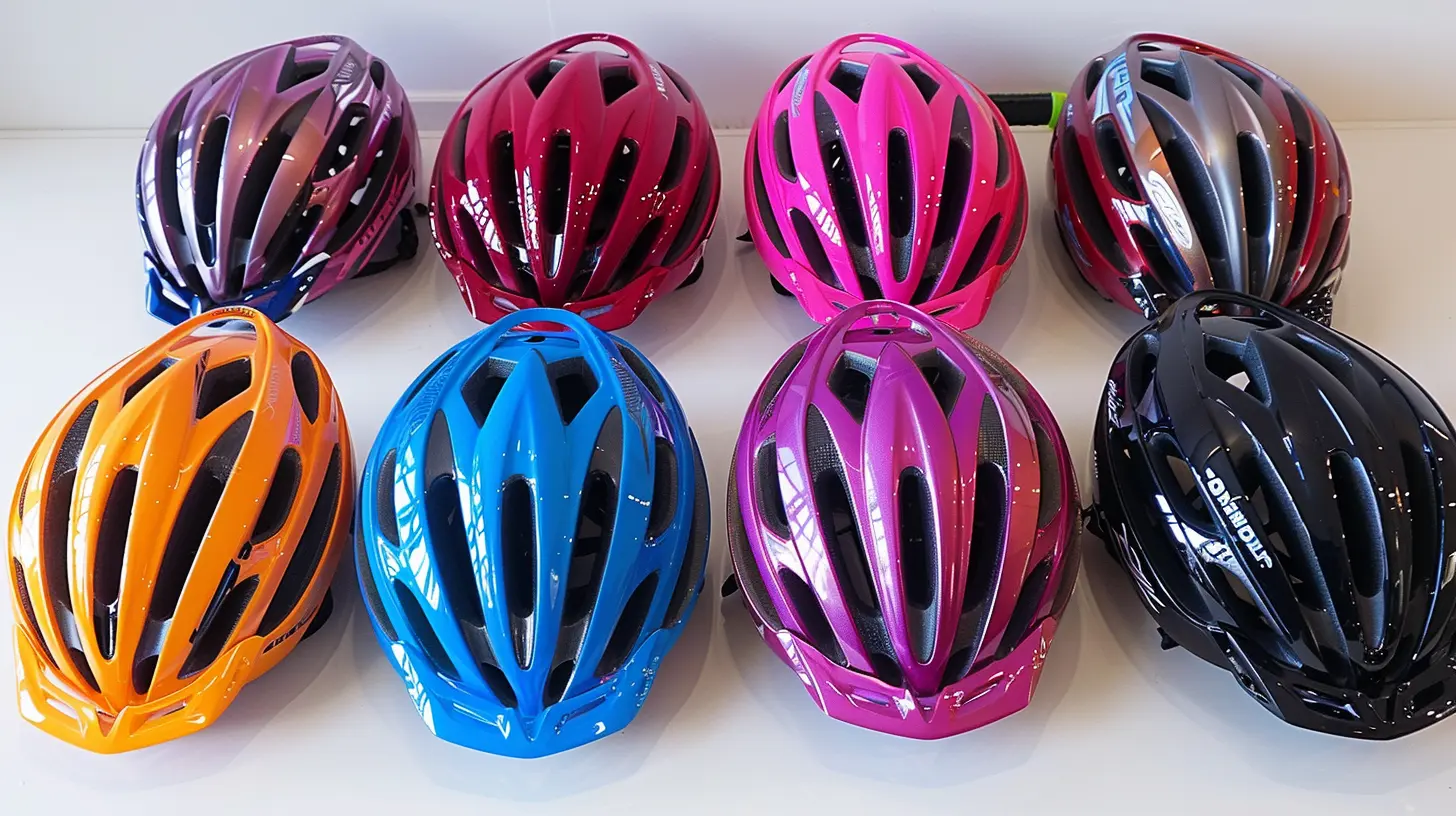
Why Is a Helmet So Important?
Before we jump into all the nitty-gritty details about helmet types and features, let’s take a moment to talk about why wearing a helmet is so crucial. A helmet is designed to protect your head in case of an accident. If you fall off your bike, the helmet absorbs some of the impact, reducing the risk of head injuries such as concussions or skull fractures.Many cyclists think, "I’m a careful rider, I don’t need a helmet," but the truth is, accidents happen when you least expect them. You could hit a pothole, encounter a reckless driver, or lose balance – anything can happen. So, when it comes to cycling, better safe than sorry!
Fun Fact:
According to studies, wearing a helmet reduces the risk of serious head injury by up to 70% during cycling accidents. That’s a pretty big deal!Now that we understand why helmets are non-negotiable, let’s figure out how to choose the right one.
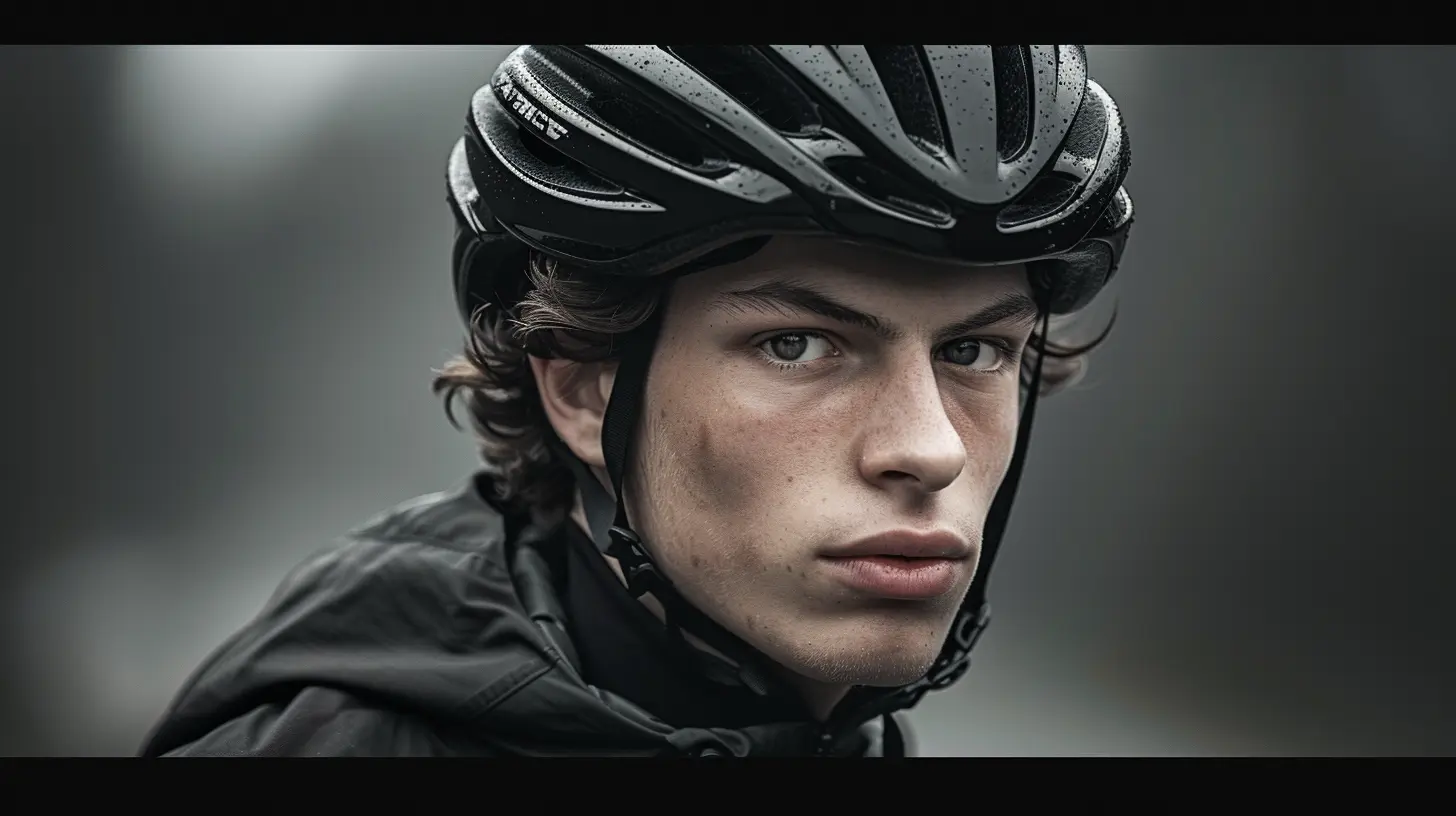
Types of Cycling Helmets
First things first: not all helmets are created equal. There are different types of helmets designed for various cycling activities. Choosing the right type depends on how and where you ride.1. Road Cycling Helmets
Road cycling helmets are lightweight and aerodynamic. These helmets are designed for speed and long-distance cycling. They usually have plenty of ventilation to keep you cool during intense rides.Perfect for: Road racers, long-distance commuters, and anyone who loves smooth, fast rides on paved roads.
2. Mountain Bike Helmets
Mountain bike helmets offer more coverage than road helmets, especially at the back of the head. They are designed to protect you from the rough terrains and unpredictable nature of mountain biking. These helmets often come with visors to shield your eyes from the sun or debris.Perfect for: Off-road riders, mountain bikers, and trail enthusiasts.
3. Commuter/Urban Helmets
If you’re a city cyclist who rides to work or runs errands on your bike, commuter helmets are a great option. They offer decent protection and are designed to be practical and comfortable for short rides. Many commuter helmets come with built-in lights for better visibility in traffic.Perfect for: Urban riders, daily commuters, and casual cyclists.
4. Full-Face Helmets
Full-face helmets provide maximum protection and are typically used in extreme biking disciplines like downhill mountain biking or BMX riding. These helmets cover your entire face, offering enhanced protection for high-risk activities.Perfect for: Downhill cyclists, BMX riders, and anyone who seeks maximum protection.
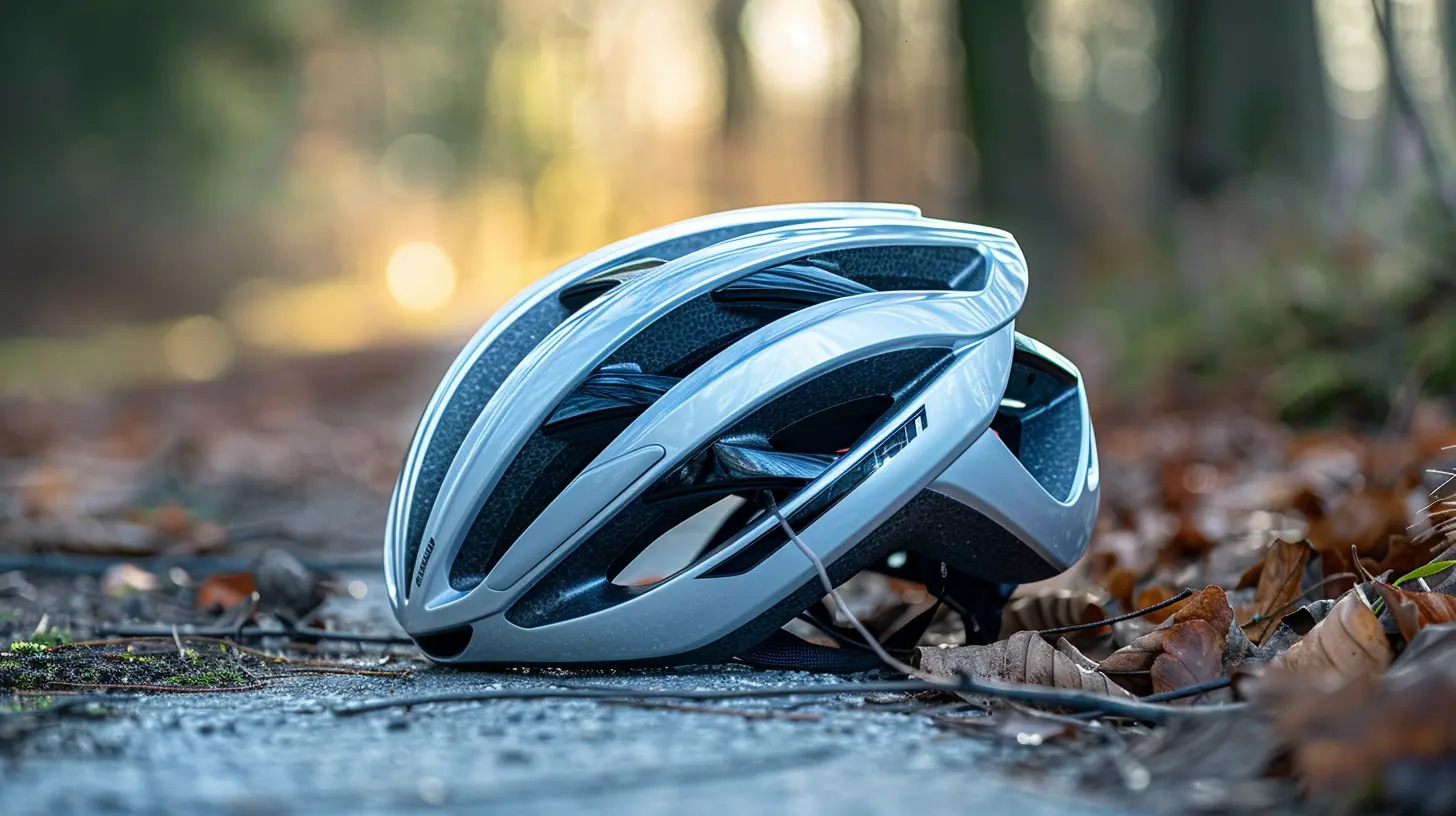
Key Features to Look for in a Cycling Helmet
Alright, now that you know the different types of helmets, let’s move on to the essential features you should consider before making your purchase. Whether you’re a seasoned cyclist or a newbie, these features are non-negotiable when it comes to safety.1. Fit & Comfort
A helmet won’t do you any good if it doesn’t fit properly. The right helmet should be snug but not too tight. It should sit level on your head and low on your forehead, about two fingers' width above your eyebrows. Most helmets come with adjustable straps and retention systems to help you achieve the perfect fit.Pro Tip: Shake your head gently after putting the helmet on. If it wobbles or shifts, it’s too loose!
2. Safety Certifications
When choosing a helmet, always check for safety certifications. In the USA, look for helmets that meet the CPSC (Consumer Product Safety Commission) standard. In Europe, helmets should meet the CE EN 1078 standard. These certifications ensure that the helmet has passed rigorous safety tests and can provide adequate protection in case of an accident.3. MIPS Technology
You might have heard of MIPS (Multi-directional Impact Protection System). It’s an advanced safety feature that reduces the rotational forces during a crash, potentially minimizing brain injuries. Helmets with MIPS have an extra layer inside that moves slightly during an impact, distributing the force more evenly.Is MIPS a must? While it’s not mandatory, it’s highly recommended, especially if you’re a frequent cyclist or participate in high-speed activities.
4. Ventilation
Cycling can get sweaty, especially during long rides. Proper ventilation is key to keeping your head cool and comfortable. Look for helmets with multiple air vents that allow air to flow through and reduce heat build-up.5. Weight
You don’t want to feel like you’re carrying a bowling ball on your head, right? Lighter helmets are more comfortable for long rides and won’t put unnecessary strain on your neck. However, don’t sacrifice safety for weight. A slightly heavier helmet with better protection is always a good trade-off.6. Visibility
Visibility is crucial, especially if you ride in low-light conditions or busy urban areas. Some helmets come with reflective elements or built-in lights to make sure you’re easily spotted by other road users. You can also add aftermarket lights to your helmet for extra visibility.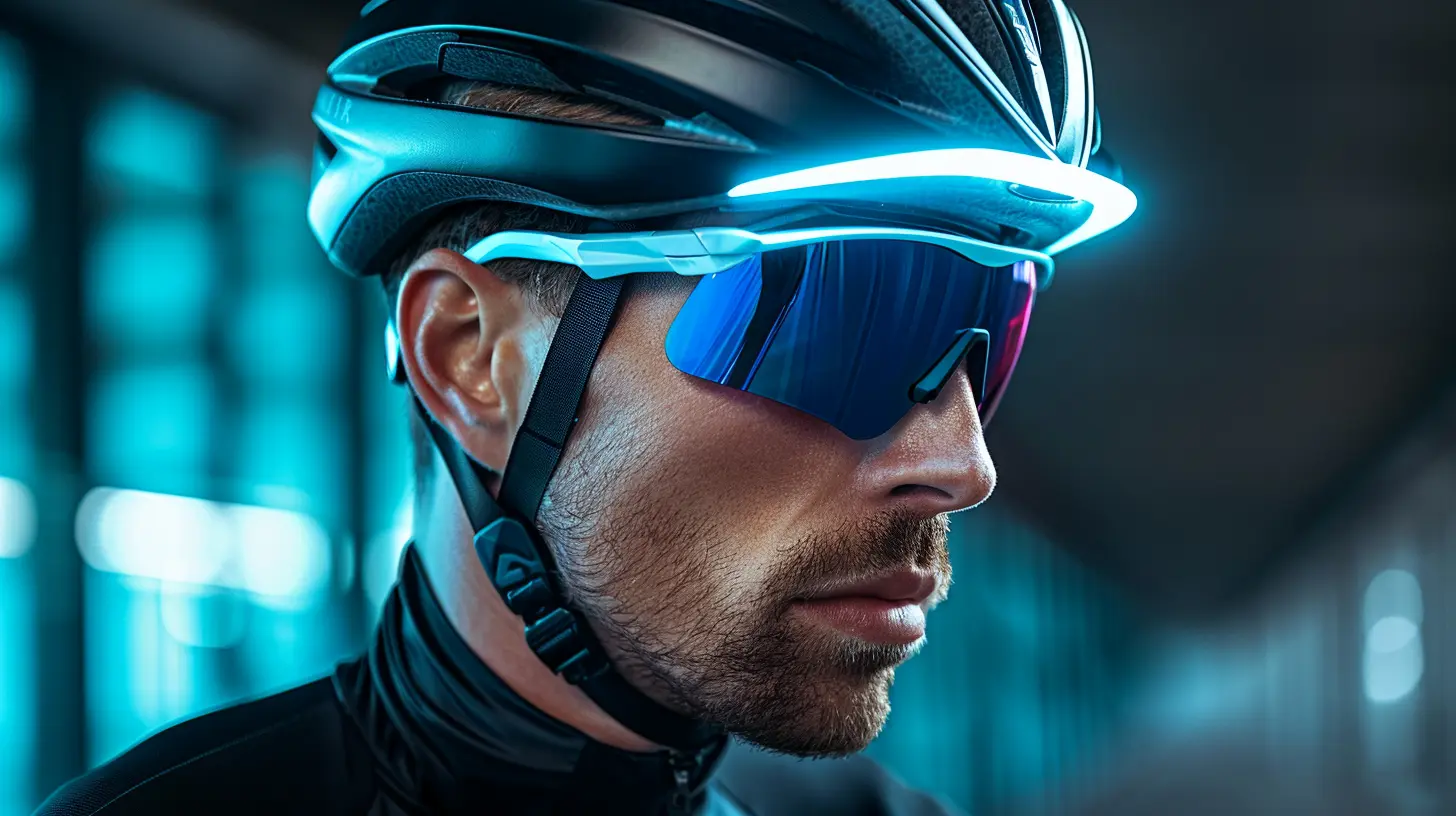
How to Get the Perfect Fit
Finding the right helmet size is a game-changer. Not only does it ensure maximum protection, but it also makes your rides more comfortable. Here’s how to get the perfect fit in three simple steps:Step 1: Measure Your Head
Use a soft measuring tape and wrap it around your head, about an inch above your eyebrows and ears. This will give you the circumference of your head. Most helmet brands provide sizing charts based on head circumference, so this is a crucial first step.Step 2: Try It On
Even if you have the right size based on measurements, it’s always best to try the helmet on before buying. Some people's heads are rounder, while others are more oval, so you want to ensure the helmet fits your head shape comfortably.Step 3: Adjust the Straps
Once the helmet is on, adjust the straps. The straps should form a "V" shape right below your ears. The chin strap should be snug but not too tight – you should be able to fit one or two fingers between the strap and your chin.Quick Tip: If the helmet has a dial or retention system at the back, use it to fine-tune the fit. This ensures your helmet stays in place during your ride.
Common Helmet Mistakes You Should Avoid
Even the best helmet won’t protect you if you’re using it incorrectly. Here are some common mistakes cyclists make when it comes to helmets – don’t fall into these traps!1. Wearing the Helmet Too High or Too Low
Your helmet should sit level on your head, not tilted back like a baseball cap. If it's too high, your forehead is exposed; if it's too low, it could obstruct your vision.2. Not Replacing Old Helmets
Helmets aren’t designed to last forever. Even if they look fine on the outside, the materials inside degrade over time. It’s recommended to replace your helmet every 3-5 years or immediately after a crash, even if there’s no visible damage.3. Buying the Wrong Type of Helmet
Remember, not all helmets are suitable for all types of cycling. Don’t wear a road cycling helmet for mountain biking or vice versa. Each helmet type is designed with specific safety needs in mind.4. Ignoring Helmet Care
Your helmet takes care of you, so you should return the favor! Clean it regularly, avoid exposing it to extreme heat, and store it properly when not in use.Final Thoughts: Your Helmet, Your Safety
Choosing the right cycling helmet isn’t something to take lightly. After all, it’s protecting one of the most important parts of your body – your head! Keep in mind the type of cycling you do, look for the essential safety features, and make sure the helmet fits you like a glove. With the right helmet, you can enjoy your rides with confidence, knowing you’re as safe as possible.Remember, cycling isn’t just about speed or distance – it’s about enjoying the ride while staying safe. So, take the time to invest in a quality helmet that suits your needs.
Now, buckle up (or should I say, strap in?) and get out there!


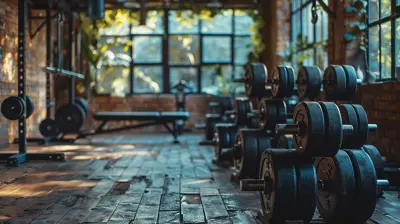

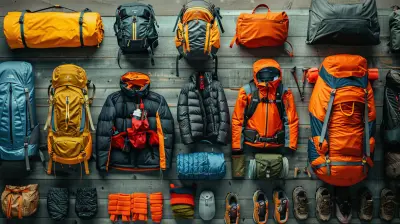









Solara Martin
Great tips! Always prioritize fit and comfort.
April 4, 2025 at 8:07 PM